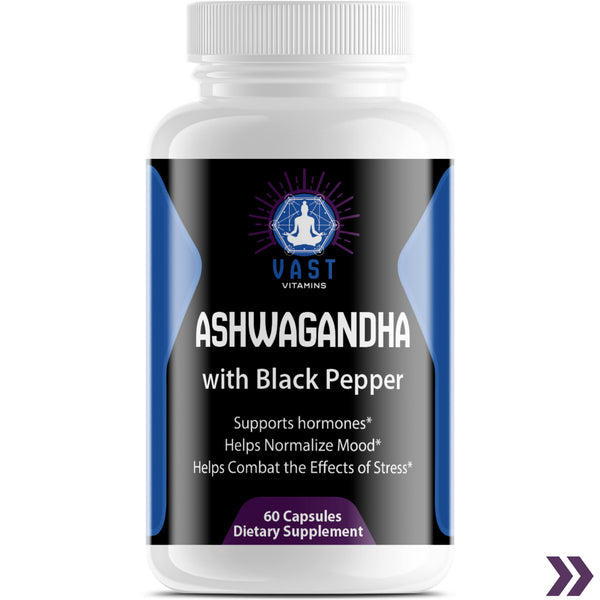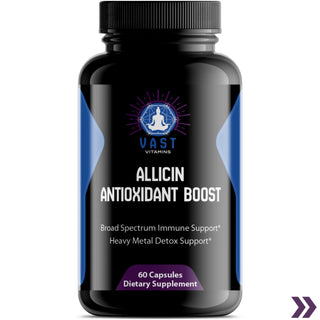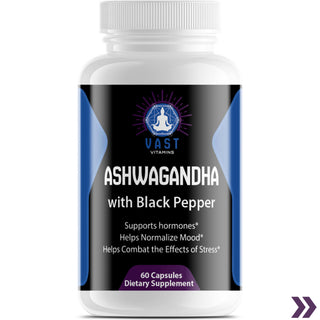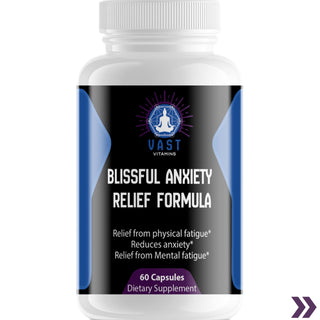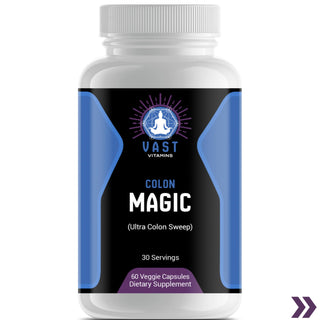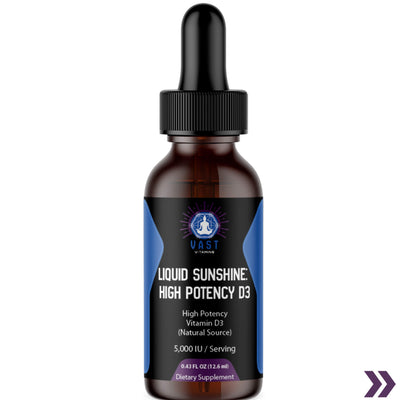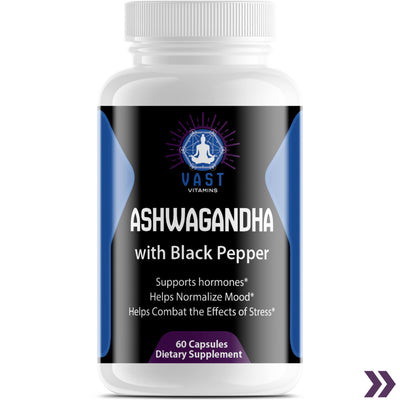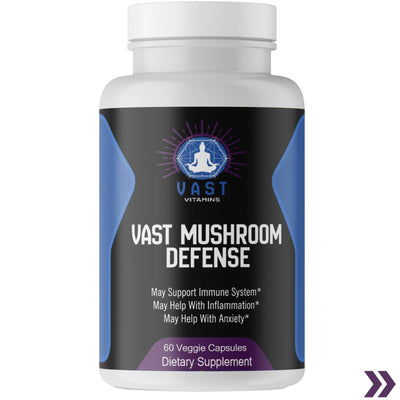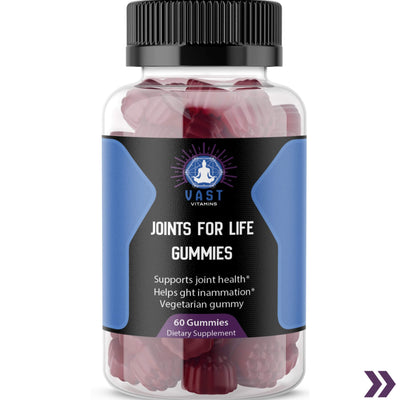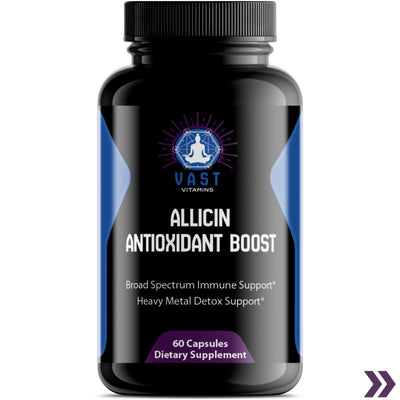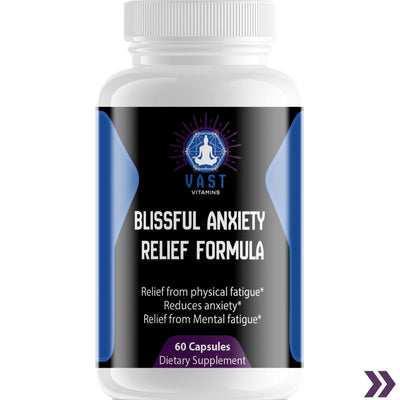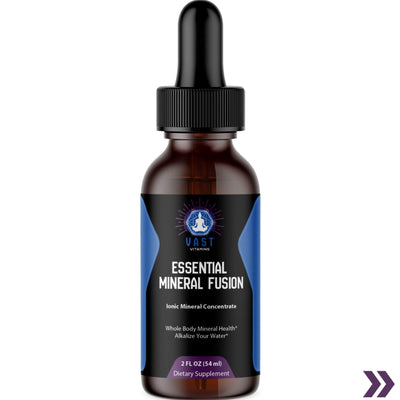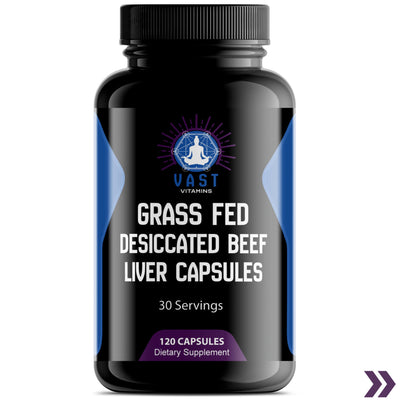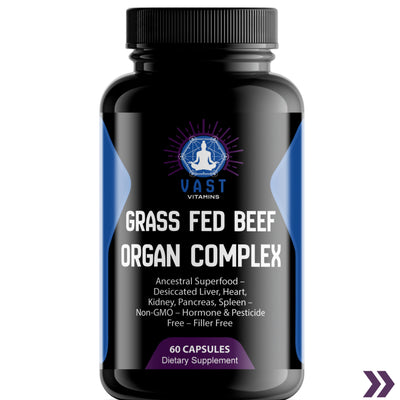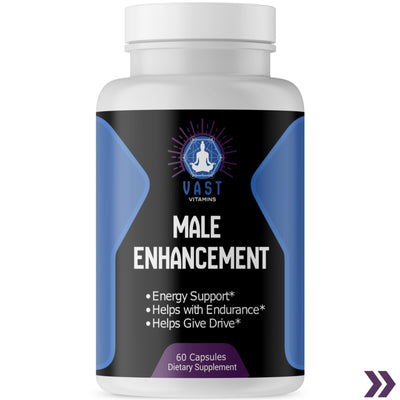
You're driving and have a panic attack. That's a really frightening thing to go through. It’s normal to feel some anxiety while driving. In fact, many drivers wind up having a panic attack at some point during their driving career. Unfortunately, the symptoms of the condition can make driving even more difficult and potentially dangerous. That being said, please follow these steps to manage anxiety and keep your cool while driving.
Turn Up the Radio
Give yourself something to focus on other than the stresses of maneuvering your vehicle. The easiest way to do this is to listen to the radio or a music streaming service. You might even want to try an audio book. But, whatever you choose to listen to, make sure it isn’t too loud or distracting. You don’t want to take too much of your attention off of the road. Doing so can lead to a whole new set of difficulties.
Drive Responsibly
Driving safely reduces driving stress. When you drive aggressively or break the rules of the road, you have to worry about causing an accident or being arrested, in addition to the other complications of driving.
Also, if you're not great with directions, make sure you have a GPS at your disposal. That way, you won’t have to worry about navigational abilities. If you currently don't use a GPS device, you really don't know what you're missing!
Keep Breathing Under Control
During a panic attack, people often take quick, shallow breaths because they feel like they aren’t getting enough air. But, hyperventilating like this can actually make anxiety symptoms worse.
The best thing to do is concentrate on slowing your breathing. Deep breathing from your diaphragm will help too. Count to 10 when breathing in, hold a breath, and breathe out as you count to 10. Typically, the sooner you get your breathing under control, the sooner the attack will begin to disappear. Try to think about breathing in and out instead of thinking about not being able to breathe. Breathing exercises can help.
Pull Over (If Necessary)
While panic attacks can be scary, the feeling should pass within five minutes or so. (Remember, these attacks generally don't last longer than ten minutes tops.) But, if you feel too anxious to drive, you should pull over to the side of the road. An even better option might be stopping at a rest area or fast food restaurant. Grabbing a bite to eat or a cold drink might help to calm you down a little.
Use Your Senses To Snap You Out Of A Panic Attacks While Driving.
When driving, take sour candies or cold drinks with you. If you start feeling panicky, suck on candy, or sip your drink. Cold liquids and sharp tastes can help calm you down. Chewing gum can help too.
Cool Off And Get Some Fresh Air.
When you're feeling faint, try to get some fresh air into your car. Opening the window helps cool off your head, cool air moving around will make you feel better.
Focus On Your Symptoms Not What's Creating The Anxiety.
Your heart rate may be elevated when you experience anxiety. You should try to calm down by taking slow deep breaths. You should also make sure that you are comfortable. You can use the AC or heat to cool off if needed. Taking care of some of the psychical symptoms like sweating may help end your panic attack sooner. Focus on what you can do about the symptoms this will give you more control and help you end the attack fast.
Drive On, If You Can Safely Do So.
Panic attacks are common symptoms of anxiety disorders. You should try to push through them instead of avoiding them. You can do this by driving through the feeling. Your body does not really hurt when you have a panic attack, but your mind might. Try to treat the attack as though it were a physical pain.
Cognitive behavioral therapy (CBT) May Help With Panic Attacks
People with panic attacks should be trained in how to cope with them. A study showed that those who were given both cognitive behavioral therapy (CBT) and coping skills training had an increase in resilience and better quality of life.
Exposure Therapy Is A To Face Anxiety Head On.
Exposure therapy helps people who suffer from anxiety disorders by gradually confronting them with the situations they fear. For example, if someone fears dogs, he or she can be exposed to dogs over time until the person feels comfortable around them.
You're Not Alone Driving Fears are Normal.
Driving is scary when you're afraid of getting into an accident or having a heart attack. You might feel anxious about driving because you worry about being involved in an accident or having a cardiac episode. So you should try to relax before you get behind the wheel.
A Few Reason Why Panic Attacks Happen In The Car.
Driving panic attacks are a real problem. When you're anxious or stressed out, your body reacts by releasing adrenaline into your bloodstream. This adrenaline makes you feel nervous, tense, and agitated. Adrenaline also causes your heart rate to increase and your blood pressure to rise. As a result, your
- Heart beats faster and harder
- You Start to Breathe quickly.
All of these things make it harder for you to concentrate, drive safely, and stay calm. You might experience some of these symptoms when you're driving:
- Feeling jittery or shaky Hands
- Head Pounding
- Heart racing
- Nervousness
- Sweating
- Fast breathing
- Difficulty concentrating
- Dizziness
- Tiredness
- Being unable to focus or think straight
You should never think about your panic attacks when driving. Your thoughts might make you hyperventilate more than usual. This could lead to a full blown panic attack. If you feel anxious or afraid, take a break from driving until you calm down if needed.
General sitting pains. These pains can be very uncomfortable, but they can also trigger panic attacks. People who suffer from panic disorders are more sensitive to these pains than others. When people get into their cars, they may experience increased heart rates, leg weakness, or other symptoms that make them feel anxious. This makes the car a place that triggers panic attacks.
How to Control Panic Attacks While Driving
Panic attacks are caused by a chemical imbalance in your brain. This chemical imbalance causes your body to produce too much adrenaline. Adrenaline is what makes you feel anxious or afraid. Your body produces this chemical when you experience a stressful situation. When you start experiencing panic attacks, you may associate them with the place where you experienced them last. To avoid these panic attacks, you need to make sure that you do something else during the day. For example, you could go for a walk around the block, call someone up, or even read a book. These simple activities will help calm down your mind and body.
You shouldn't worry about getting into an accident if you're having a panic attack. There's nothing wrong with driving while you're having a panic episode.
Driving safely reduces stress, and decreases the chances of a panic attack. Slow down your breathing when experiencing a panic attack. Take deep breaths, and stop trying to inhale as much air as possible, because this will only make you hyperventilate and worsen the panic attack.
Drive Often
The more often you drive, the more comfortable you will feel behind the wheel. Try to drive a little bit every day. Stick to roads and areas you're familiar with while you practice. If you drive often enough, many of the things you have to do will become second nature, which will probably reduce the driving-related anxiety you may feel.
It might be hard to completely avoid having a panic attack when you're on the road, but this old saying may help when traveling. Remind yourself, you only live once.
What to do if you're driving and have a panic attack FAQ.
What if I have a panic attack?
When you feel like you're having a panic attack, don't try to take in as much air as possible. Instead, try to fight the urge and simply slow down your breathing.
What Should You Do If a Panic Attack Is About to Happen?
If you're concerned, pulling over to the side of the road until the panic attack is over may be a good idea.
What Causes Panic Attacks?
One cause of panic attacks is thinking about panic attacks.
What Causes Hyperventilation?
The way you're sitting and your fear, contribute to mild to moderate hyperventilation.
Why do I keep having panic attacks in the car?
If you previously had a panic attack in the car it may increase the likelihood of having another attack because your brain now associates the car with the attack.
Why should I focus on something in the distance?
It can help to give yourself something to focus on, such as a building in the distance or a sign to look for.
What Can You Do to quickly get over an attack?
Pushing through the fear that accompanies a panic attack can help you overcome it.
What is the best way to manage a panic attack?
Driving through your panic attack can help you realize it doesn't control you and reassure you that you can manage it without anything bad happening.
What Can Music Do for You?
If you live with anxiety or another mental health condition, music can often help you cope with distressing thoughts and emotions, and prevent panic attacks.
What Can You Do If you're in a Panic?
If you start to feel panicked, suck on a sour candy or sip your Cold drink.
What Can I Do If My Breathing Was Shortened?
This can be scary, but try to take slow, deep breaths.
What if I am feeling dizzy, lightheaded or sweaty?
If you begin to feel dizzy, lightheaded, or sweaty, turn on the air conditioning or roll down your windows. pullover if you can no longer drive safely.
























